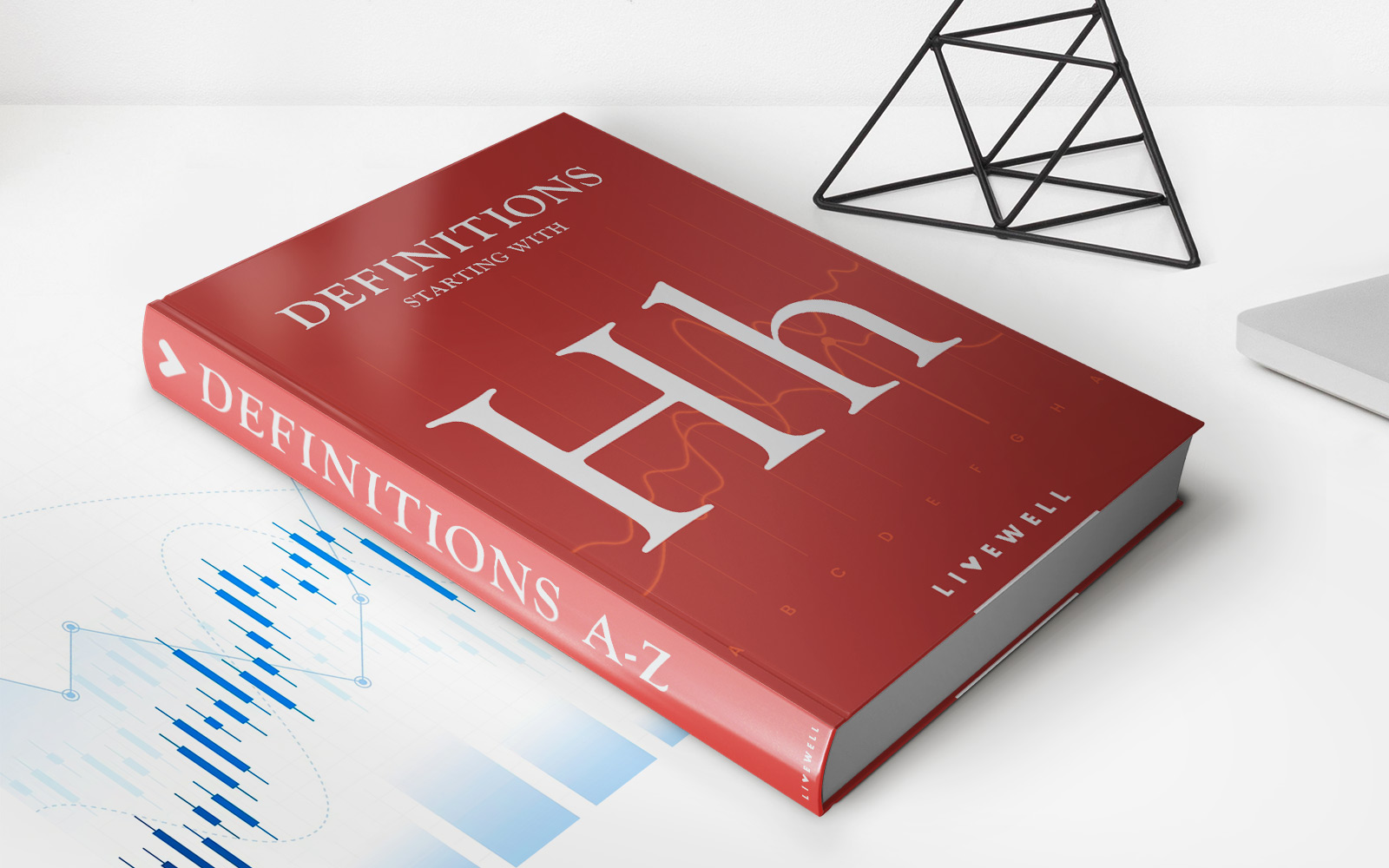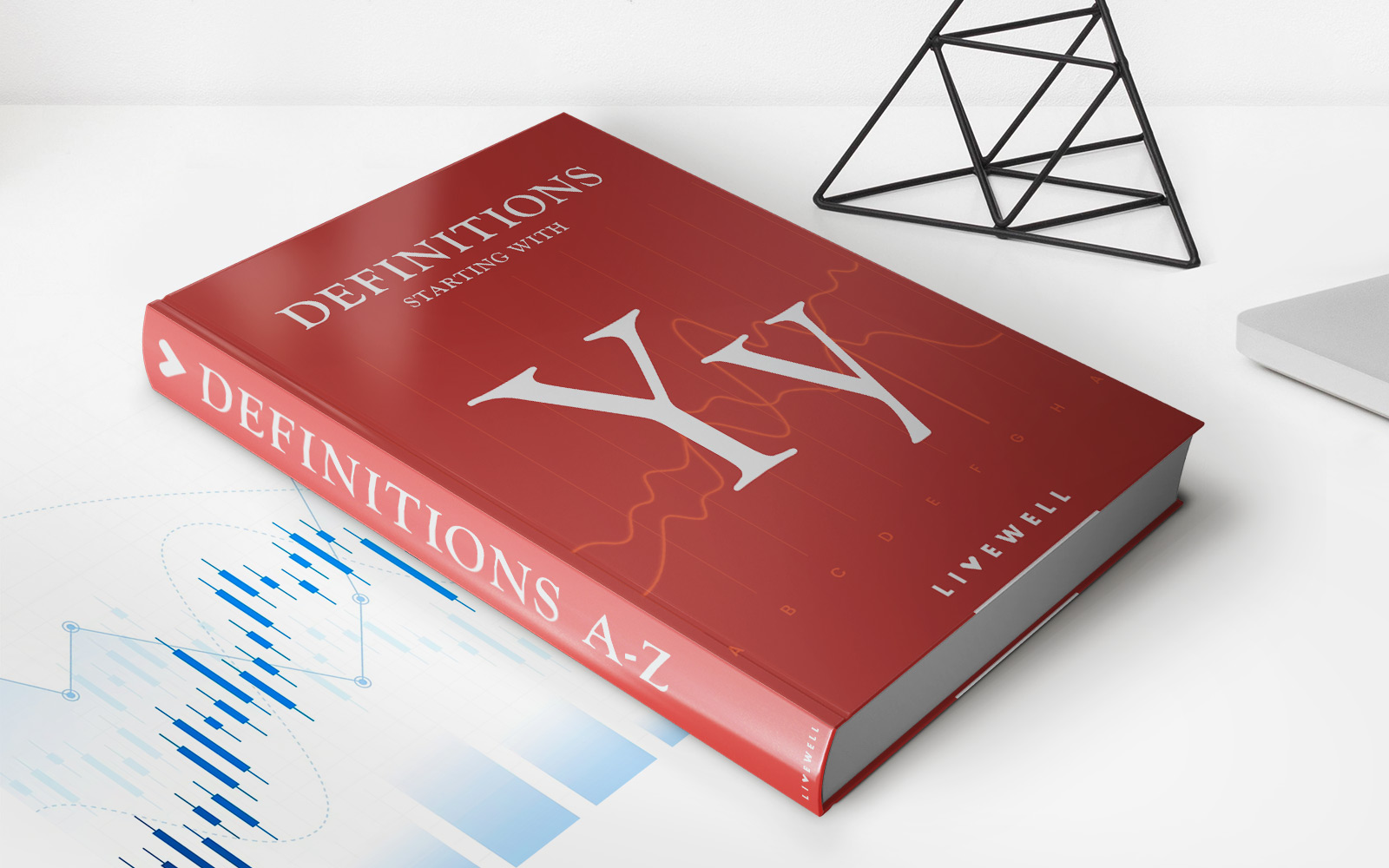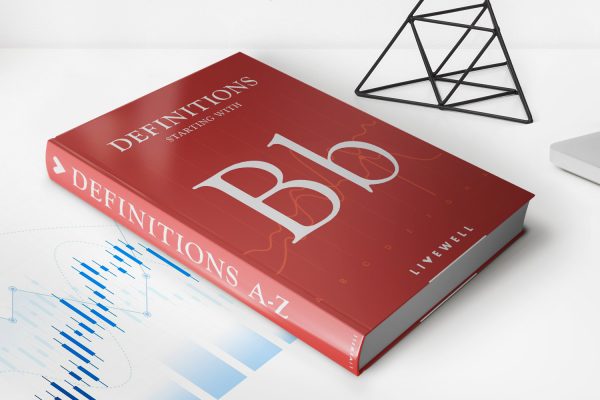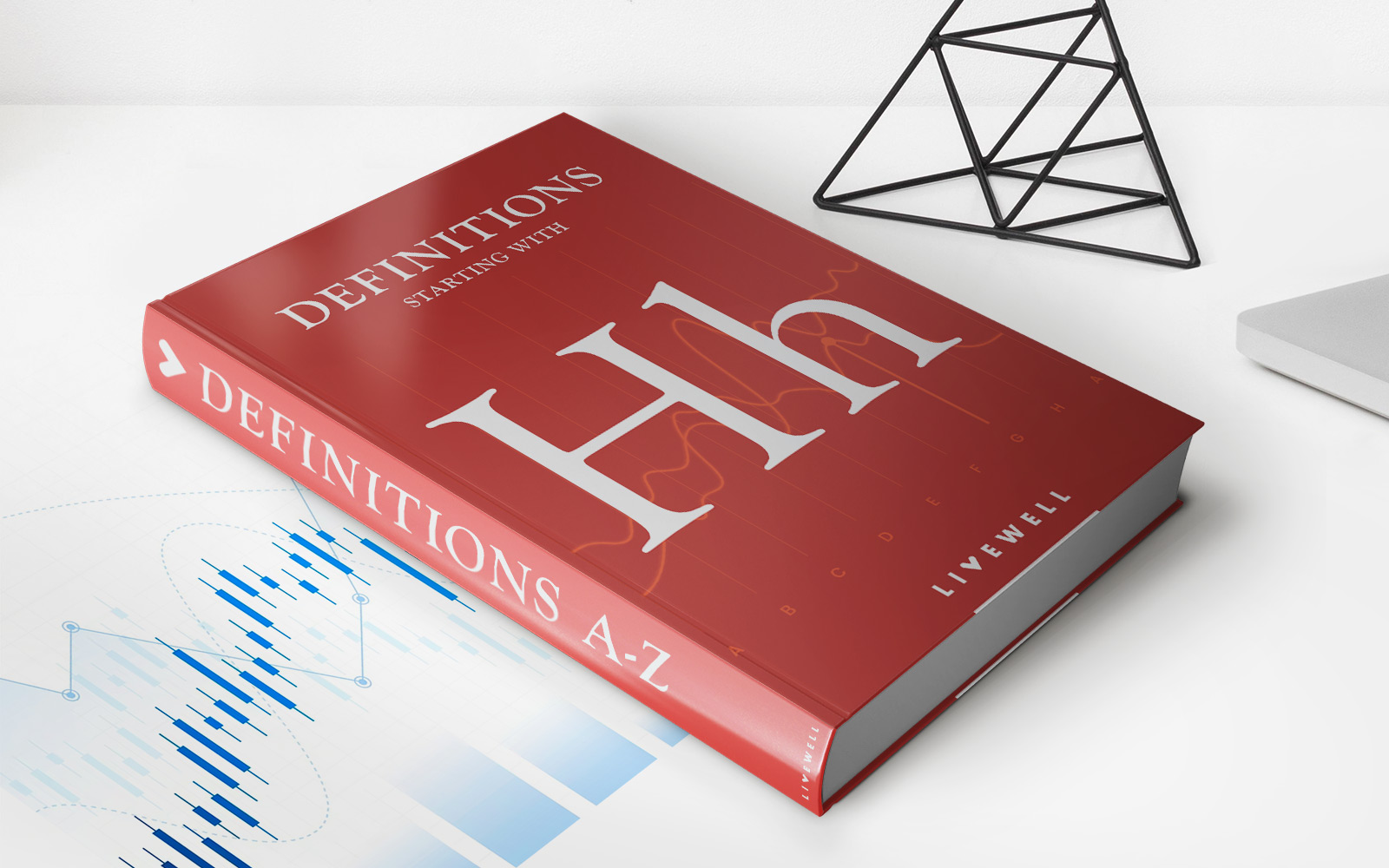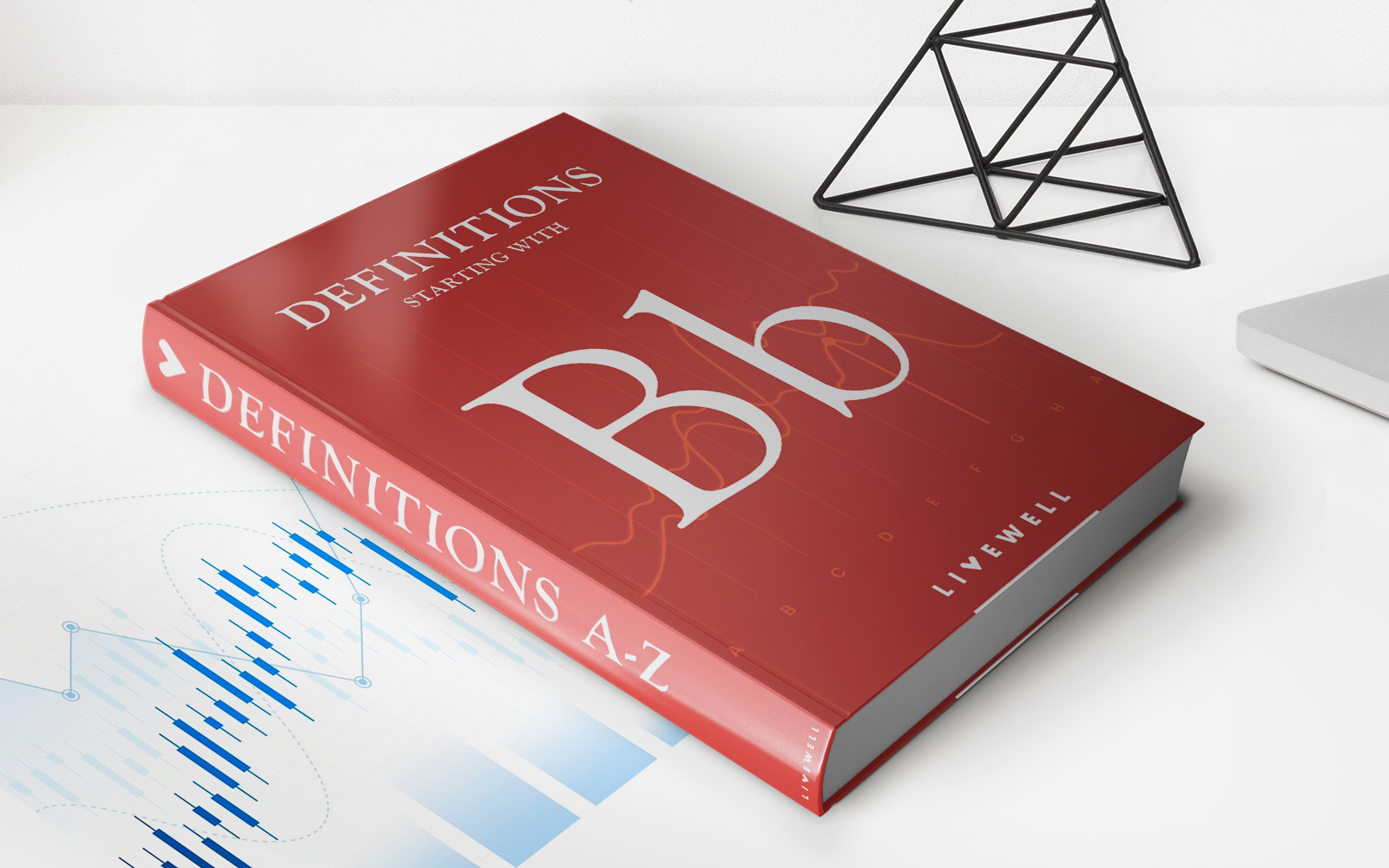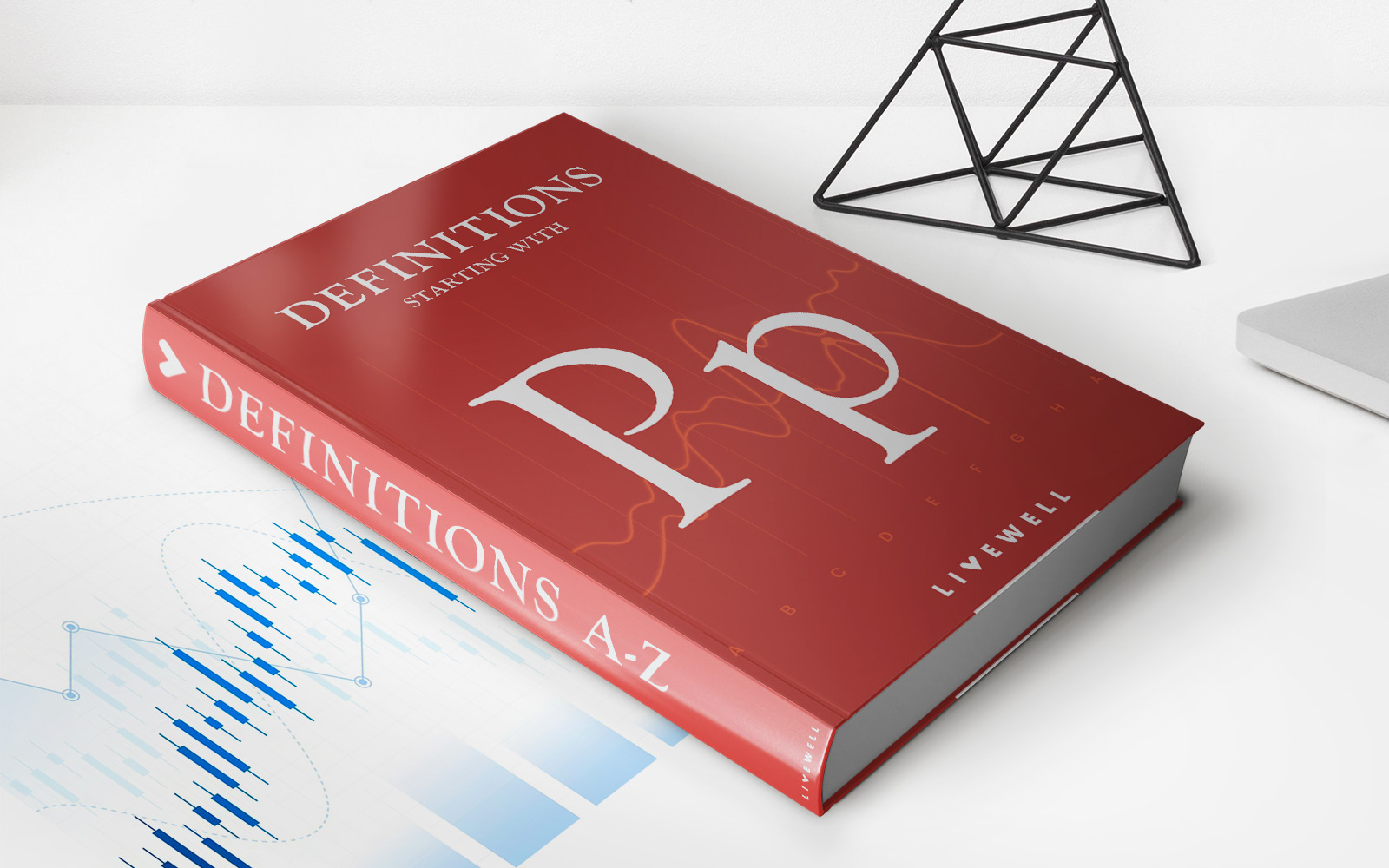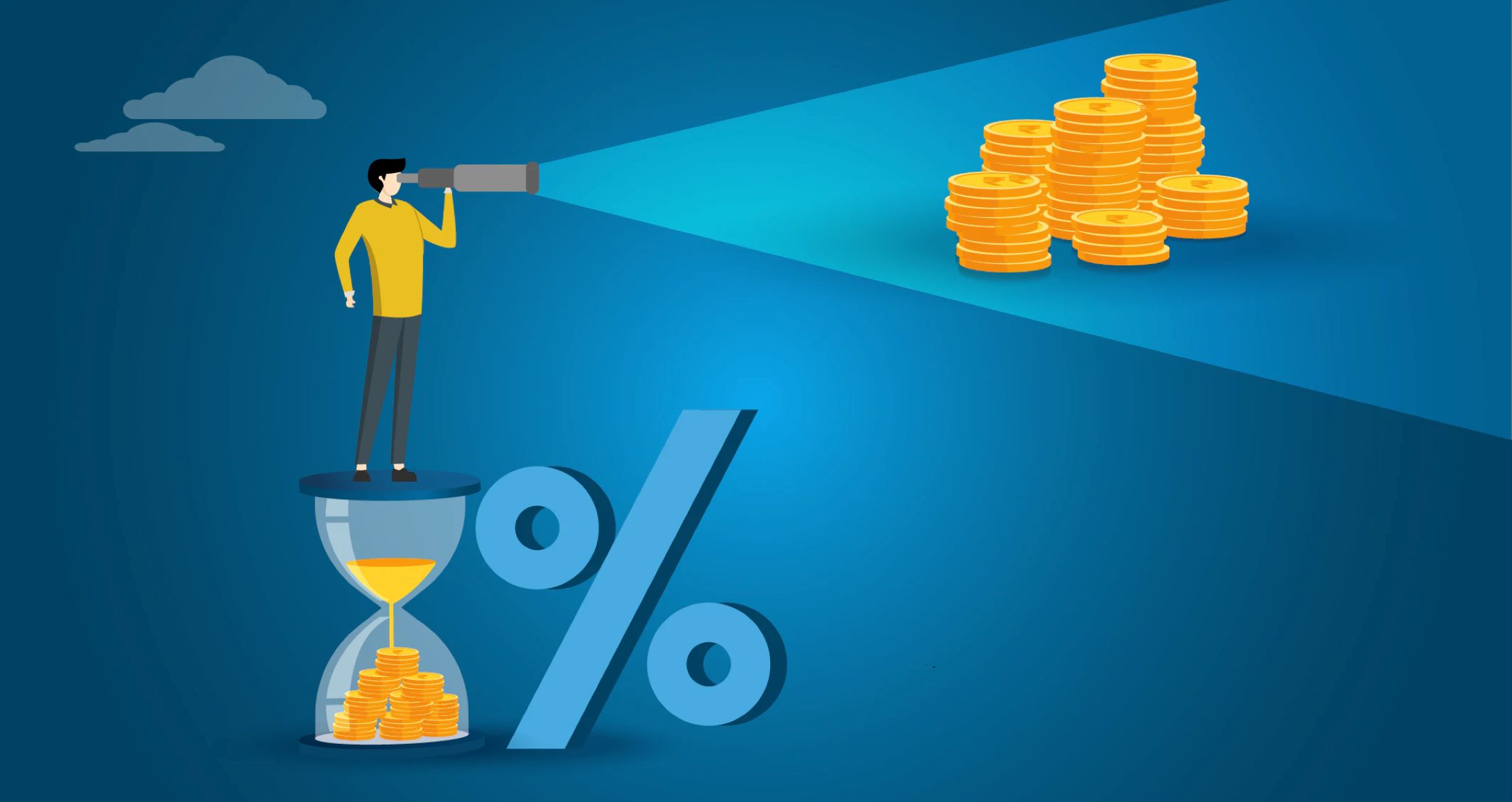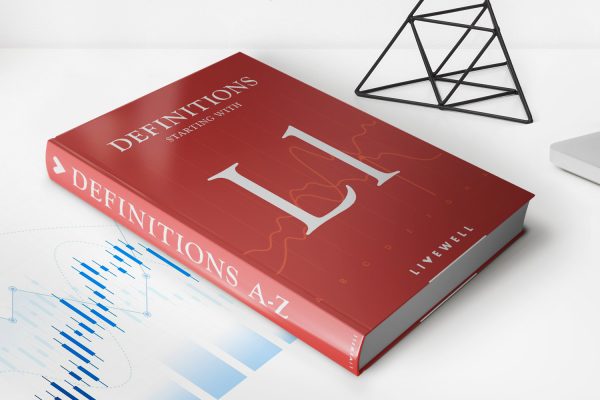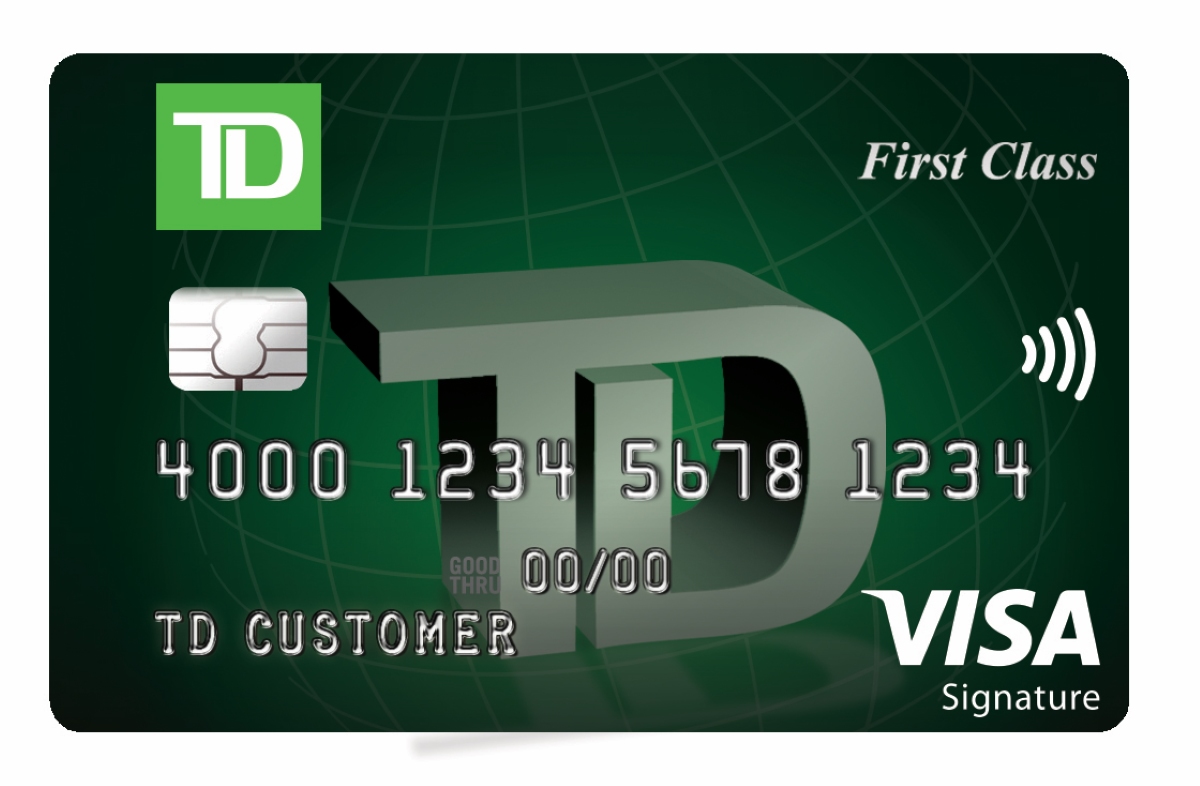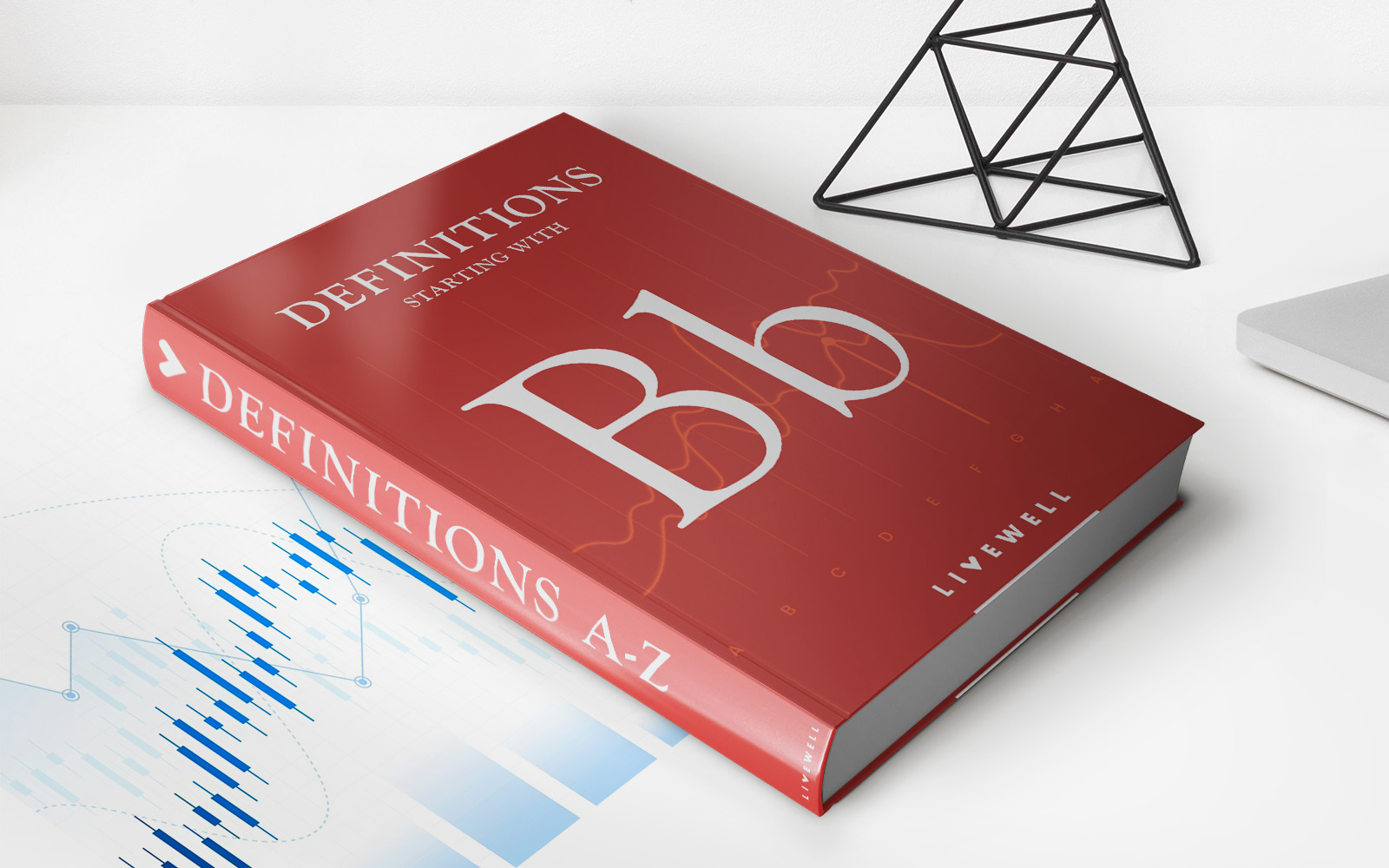Home>Finance>High-Yield Bond: Definition, Types, And How To Invest
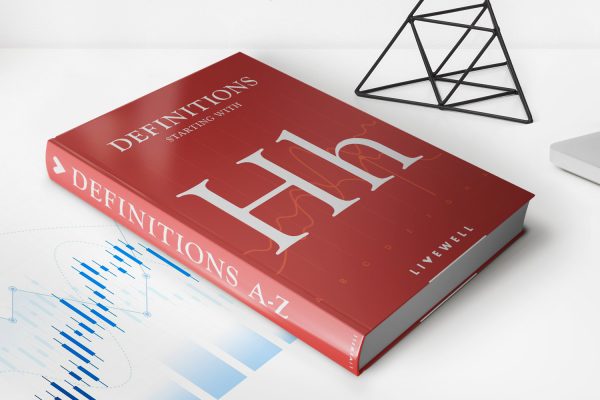
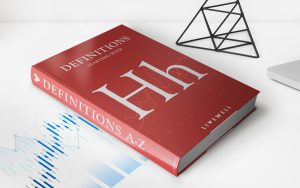
Finance
High-Yield Bond: Definition, Types, And How To Invest
Published: December 5, 2023
Discover the definition and various types of high-yield bonds in finance. Learn how to invest in these profitable financial instruments and maximize your returns.
(Many of the links in this article redirect to a specific reviewed product. Your purchase of these products through affiliate links helps to generate commission for LiveWell, at no extra cost. Learn more)
What are High-Yield Bonds?
When it comes to investing, there are many different options available. One such option is high-yield bonds. But what exactly are high-yield bonds, and how can you invest in them? In this article, we will define high-yield bonds, explore the different types, and discuss how you can invest in them to potentially earn higher returns.
Key Takeaways:
- High-yield bonds are fixed-income securities that offer higher yields compared to investment-grade bonds.
- These bonds are considered riskier investments due to their lower credit ratings.
Understanding High-Yield Bonds
High-yield bonds, also known as junk bonds, are fixed-income securities issued by corporations or governments with lower credit ratings. These bonds offer higher yields to compensate investors for the increased risk associated with investing in them.
Unlike investment-grade bonds that are issued by companies with strong credit ratings, high-yield bonds are issued by companies that may have a higher likelihood of defaulting on their debt payments. As a result, investors demand a higher return on their investment to compensate for this increased risk.
Types of High-Yield Bonds
There are two main types of high-yield bonds: corporate high-yield bonds and municipal high-yield bonds.
1. Corporate High-Yield Bonds: These bonds are issued by corporations with lower credit ratings, typically below investment grade. They offer higher yields compared to investment-grade corporate bonds in exchange for the greater credit risk associated with the issuer.
2. Municipal High-Yield Bonds: Municipal high-yield bonds are issued by state and local governments, as well as agencies and municipalities. These bonds finance public projects such as infrastructure development. Municipal high-yield bonds also offer higher yields than investment-grade municipal bonds but come with higher risk.
How to Invest in High-Yield Bonds
Investing in high-yield bonds can be done through various avenues. Here are a few options to consider:
- Individual Bonds: Investors can purchase individual high-yield bonds directly from the issuer or through a broker. This approach allows for customization and control over the bond selection.
- Bond Mutual Funds: High-yield bond mutual funds pool money from multiple investors to invest in a diversified portfolio of high-yield bonds. This option provides instant diversification and professional management.
- Exchange-Traded Funds (ETFs): High-yield bond ETFs are similar to mutual funds but trade on exchanges like stocks. They offer the flexibility of buying and selling throughout the trading day.
- High-Yield Bond Index Funds: Index funds track a specific high-yield bond index, providing exposure to a broad range of high-yield bonds. These funds offer low fees and the benefit of diversification.
- Managed Accounts: Investors can also hire professional money managers who will actively manage a portfolio of high-yield bonds on their behalf.
Before investing in high-yield bonds, it’s crucial to conduct thorough research, assess your risk tolerance, and determine your investment goals. The goal is to strike a balance between earning higher yields and managing the associated risks effectively.
The Bottom Line
High-yield bonds can be an attractive option for investors seeking higher returns. However, it’s essential to understand the risks involved and carefully consider your investment strategy. By diversifying your bonds and investing through a well-researched approach, you can potentially reap the rewards of high-yield bonds while managing risk.
Remember, it’s always advisable to consult with a financial advisor or professional before making any investment decisions.
